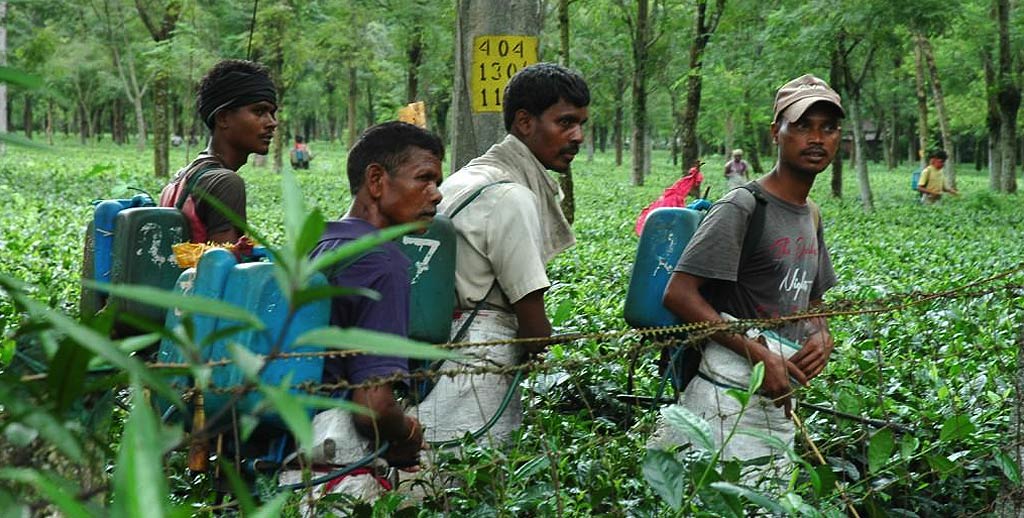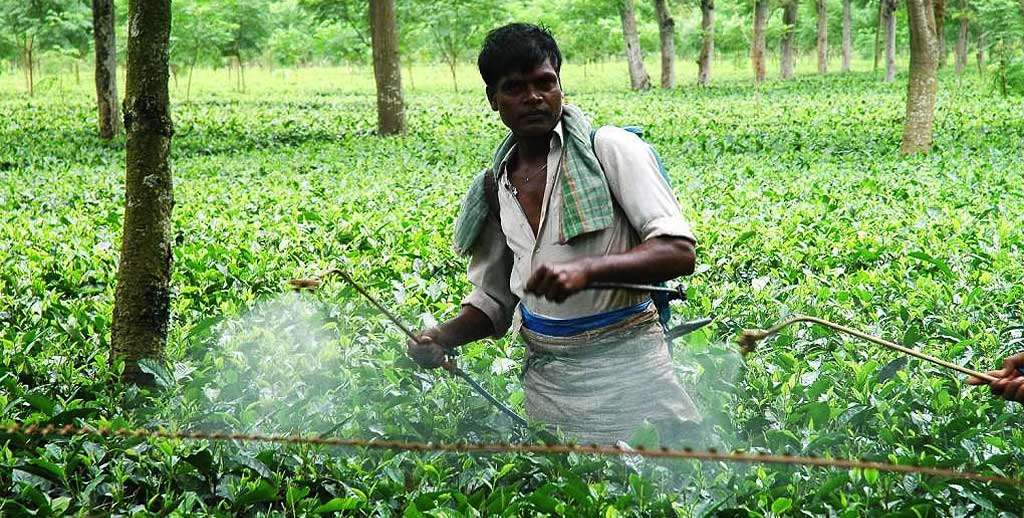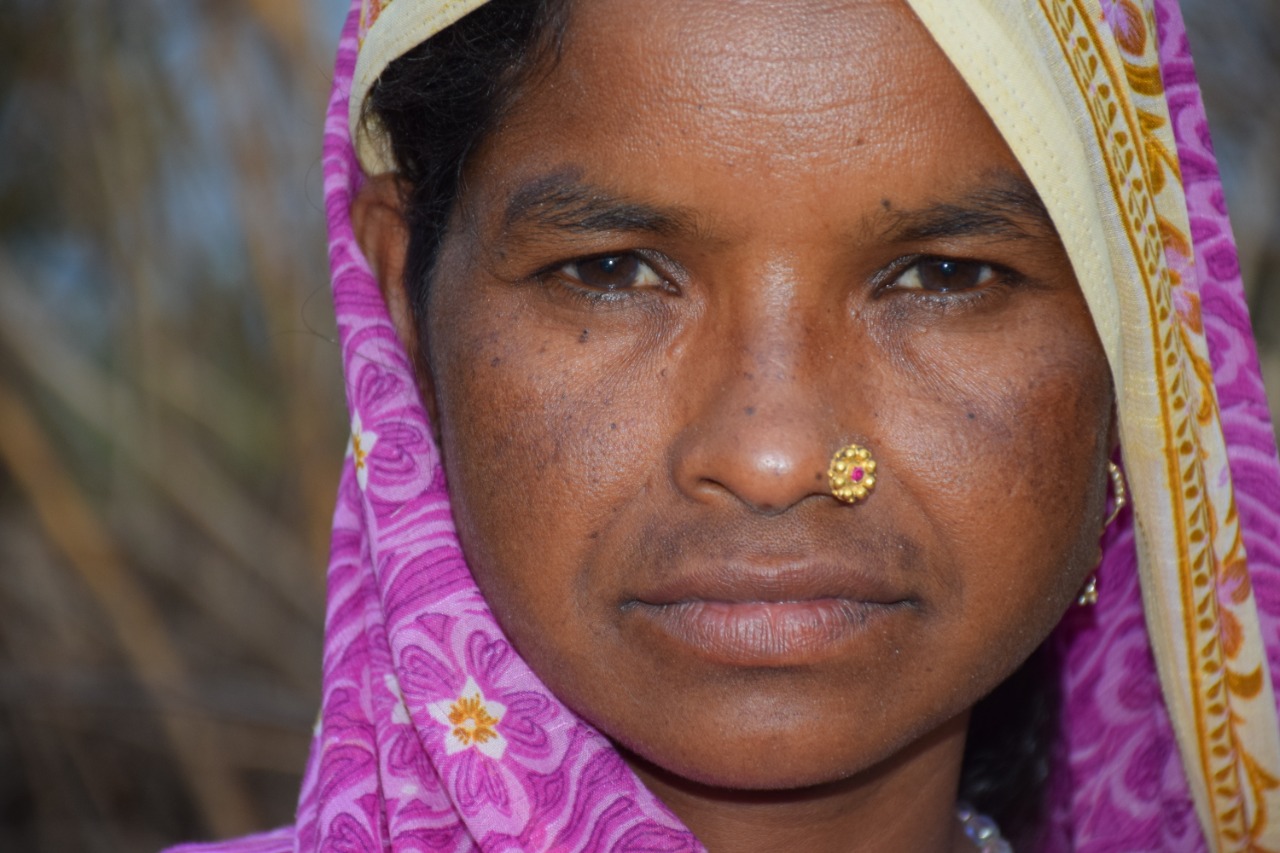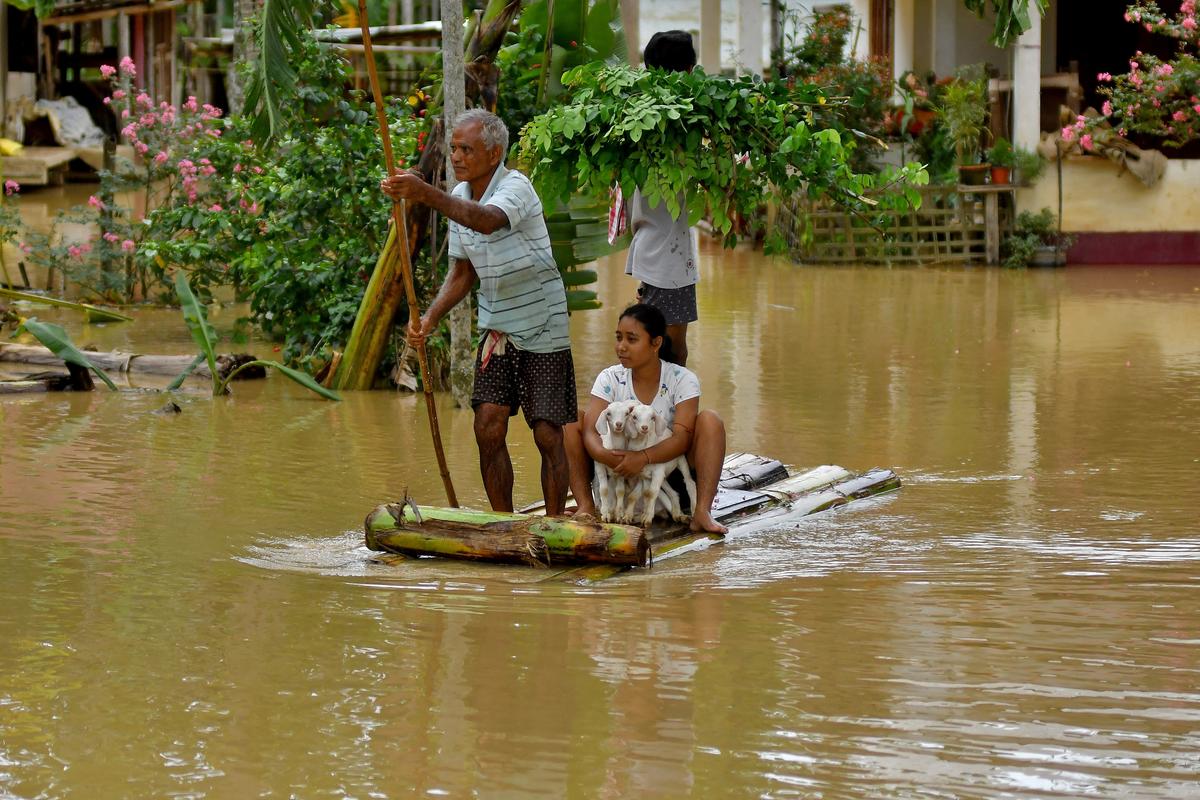CASA BLOGS
Ailing Gardens of North Bengal
The East India Company in late 1850s started to show interest in the production of CTC or black tea in Dooars region – particularly in Alipurduar (previously a part of Siliguri, but now a separate district) in northernmost part of West Bengal.
Situated on the foothills of the Himalayas, the town is still a gateway to Bhutan and North Eastern states of India. This town located in the Dooars region is known for its 3Ts – Tea, Tourism and Timber, since the colonial period.
Several British companies like Duncans and Andrew Yule in the 19th century took over huge acres of lands, started cultivating tea gardens and manufactured strong-flavoured CTC tea.
A huge workforce was required at that time to kickstart the estate. The companies started bringing tribal clans from the neighboring states of Jharkhand and Odisha.

If you take an errand to these establishment, you would notice that a large chunk of the workers here belong to Oraon, Munda and Santhal tribes, originally from Jharkhand.
Our grandfathers, fathers were made to settle here during that time. They were given free ration, medical facilities, school for children, transportation, shelters near the garden. They did not know what was happening outside this tea garden world as we had all the facilities in this region, said social activist Mohammad Nazimuddon, whose father and grandfather worked in the gardens.
My father used to say that the British forced the tribesmen to migrate to this place and were even beaten and tortured to work here. But slowly we became used to the occupation and learnt the art of leaf plucking. This became our only home now, he said.
The tea produced from this region and the tea leaves from Darjeeling became a rage in Britain in those days. The demand started pouring in for Dooars tea as people loved its strong taste and flavor.
The movement and transportation of labour continued in Dooars which led to a vast settlement of colonies and tea gardens. Women became experts in leaf plucking and men were mostly employed for maintenance of the gardens, including pesticide control.
Be it the top management of the tea industry or an ordinary garden worker, people left civil service posts to work as managers for these tea growing estates as it was considered a more noble profession in that era.
“Wealthy fathers preferred marrying their daughters to tea estate managers, more than IAS or IPS officers. Working in the tea industry was considered a respectful job. The condition of the labourers started improving and they lived a happy life too,” said Nazimuddon, a resident of Chamurchi tea garden.
Once regarded as a well-paid profession, the present generation of the tea workers is struggling to find and survive on different livelihood options.
Many years after independence and globalization, the tea gardens in the dooars of West Bengal are at a standstill. Of the total 210 tea gardens in the region (considering Alipurduar & Jalpaiguri Districts), only 45 are in working condition – fully or partially.
The Union and State governments are trying to revamp the estates. But this will take time.
Many decades after independence, the West Bengal government took over the land holdings of the tea estates in Darjeeling and Dooars region and thereafter, gave portions of the estates to tea-making companies and various stakeholders on lease basis.
From big tea-producing companies like Duncans Group to royal families setting up their tea gardens like Madhu, there was a flood of stakeholders showing interest in the profit-making business (but most of them apparently had no previous expertise or experience of running tea business). The expansion of the tea industry was visible.
But the start of the new millennium bade bad news for the industry.
The producers were badly hit by the high cost of production in the CTC tea market where the demand was growing huge. The entry of low cost Chinese CTC tea in the market adversely impacted the industry.
The Manager at the still-running Andrews Yule tea estate (only one Tea Company that was undertaken by the Centre Government) says, “There are products (in the market) which are almost the same what we produce in our tea sectors. The extra tea demand in the market is met through the cheap quality tea with their products starting from as low as Rs 60. Market is getting flooded with these products. This has destroyed the future of the tea sector.”

Unable to bear the production costs, the tea companies in the dooars gradually refused to provide facilities like school, healthcare and transportation to the workers, and demanded from the state government to support them in giving them ration and other necessary facilities which were earlier provided by the companies alone.
“The private companies, even if they made profit, did not re-invest to secure themselves during crisis or transformation period,” the manager says.
 Previous Blog Post Once an ordinary tribal woman, Now a Sarpanch
Previous Blog Post Once an ordinary tribal woman, Now a Sarpanch I was born with God’s curse
I was born with God’s curseFeatured Post

Mental Health Awareness in India: Addressing Key Challenges
8 Nov 2024
Mental health awareness is crucial in India, where millions silently struggle with mental health disorders, including depression, anxiety, and bipolar disorder. Despite growing recognition, India faces unique challenges in effectively addressing mental health issues. The stigma associated with mental illness remains a primary barrier. In Indian society, mental health issues are often misunderstood, leading to […]

Ensuring Girls’ Safety in India: A Path Toward Empowerment
20 Aug 2024
Girls’ safety in India remains a critical issue that has garnered increasing attention over the years. Despite various reforms and efforts from both government and civil society, challenges persist. From street harassment to domestic violence, gender-based discrimination continues to limit the freedom and safety of girls. While significant progress has been made in addressing these […]

The Connection Between Monsoons and Floods in India: An In-Depth Analysis
9 Jul 2024
India, a land of diverse climates and geographical features, relies heavily on the monsoon season for its agricultural and water resources. However, with the benefits of the monsoon rains come significant challenges, particularly in the form of floods. This blog explores the intricate relationship between the monsoon season and flooding in India, providing detailed insights […]


